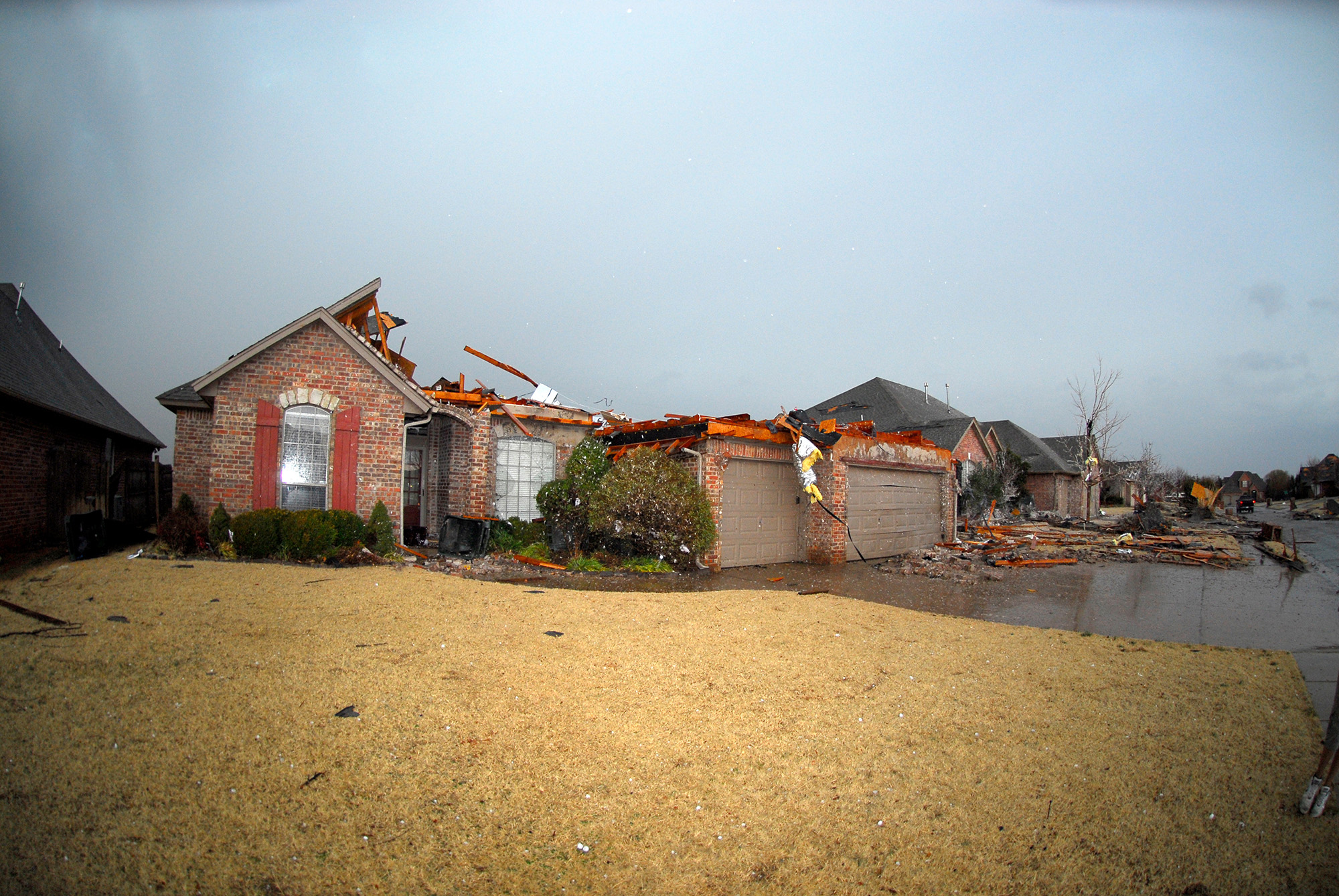Calculating the Real Cost of Wind and Flood Risk in Louisiana
April 29, 2024
Securing Louisiana Homes and Homeowners
Through a growing partnership with the Governor’s Office of Homeland Security and Emergency Preparedness, or GOHSEP, and the University of New Orleans, research developed by LSU AgCenter’s LaHouse Research and Education Center has provided Louisiana with a realistic annual cost of natural hazards in the state—$5 billion by 2050. For the first time, the total price tag includes the biggest risk, flooding, at $3.6 billion.
“This is a big deal, because now we know the number we need to be making progress toward reducing,” said Carol Friedland, director of LaHouse, which works with builders, residents and decision-makers across Louisiana to secure homes, increase the use of resilient construction methods and protect homeowners in the ongoing home insurance crisis. “Now we can start making comprehensive strategies to reduce the risk, which is the only thing that will make insurance companies return to Louisiana and start writing affordable policies again.”
For over a decade, Friedland has been leading the risk assessment research for Louisiana’s State Hazard Mitigation Plan. Just approved by FEMA, the new plan gives Louisiana access to federal aid and grants through 2029. It is also used as a baseline for the state’s 64 parishes to write their own preparedness plans.
“Using new research techniques developed at LaHouse and LSU, the state has a more complete understanding of where risks are highest,” stated GOHSEP in their recent announcement of the approved plan.
“Our research progress allows all the hazards to now be ranked, prioritized and tracked,” Friedland said. “As we do projects, we’ll be able to see how taking action brings our risk and that $5 billion number down.”

More than half of Louisiana is considered a flood hazard area. Research by LSU AgCenter’s LaHouse estimates the total annual cost of wind-related losses to $1.2 billion, flood-related losses to $3.6 billion.
– Adobe Stock
“Our partnership is unique, because I’ve talked to other states about what we’re doing and how we use LSU’s risk assessment research to create our State Hazard Mitigation Plan. Working with LSU also allows us to do education and outreach. The LSU AgCenter has offices and extension agents everywhere, so it’s easy to reach out. ‘Hey, we need to have a meeting in Jonesboro.’ ‘Okay, let’s go.’”
Jeffrey Giering, Louisiana State Hazard Mitigation Officer


